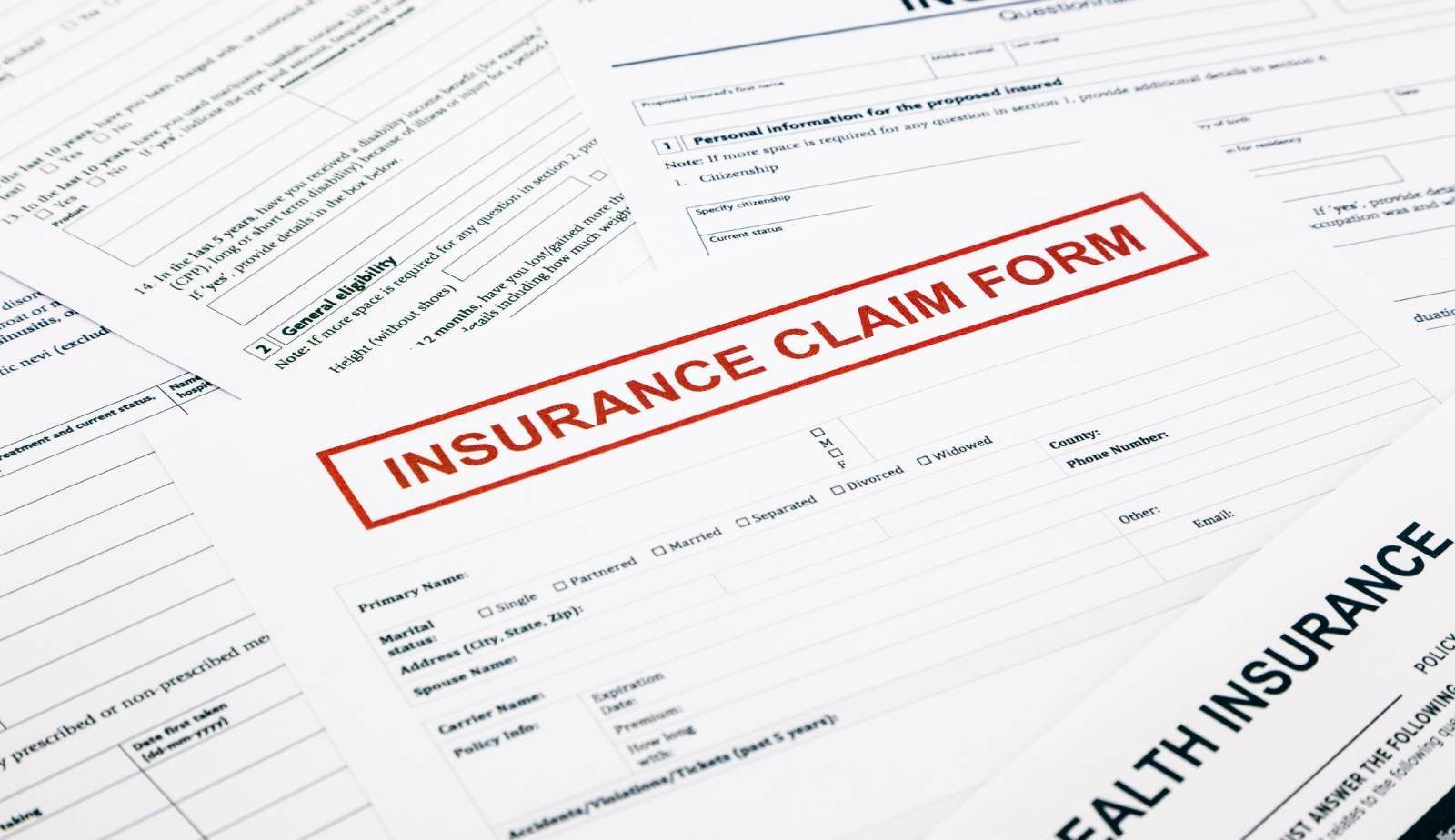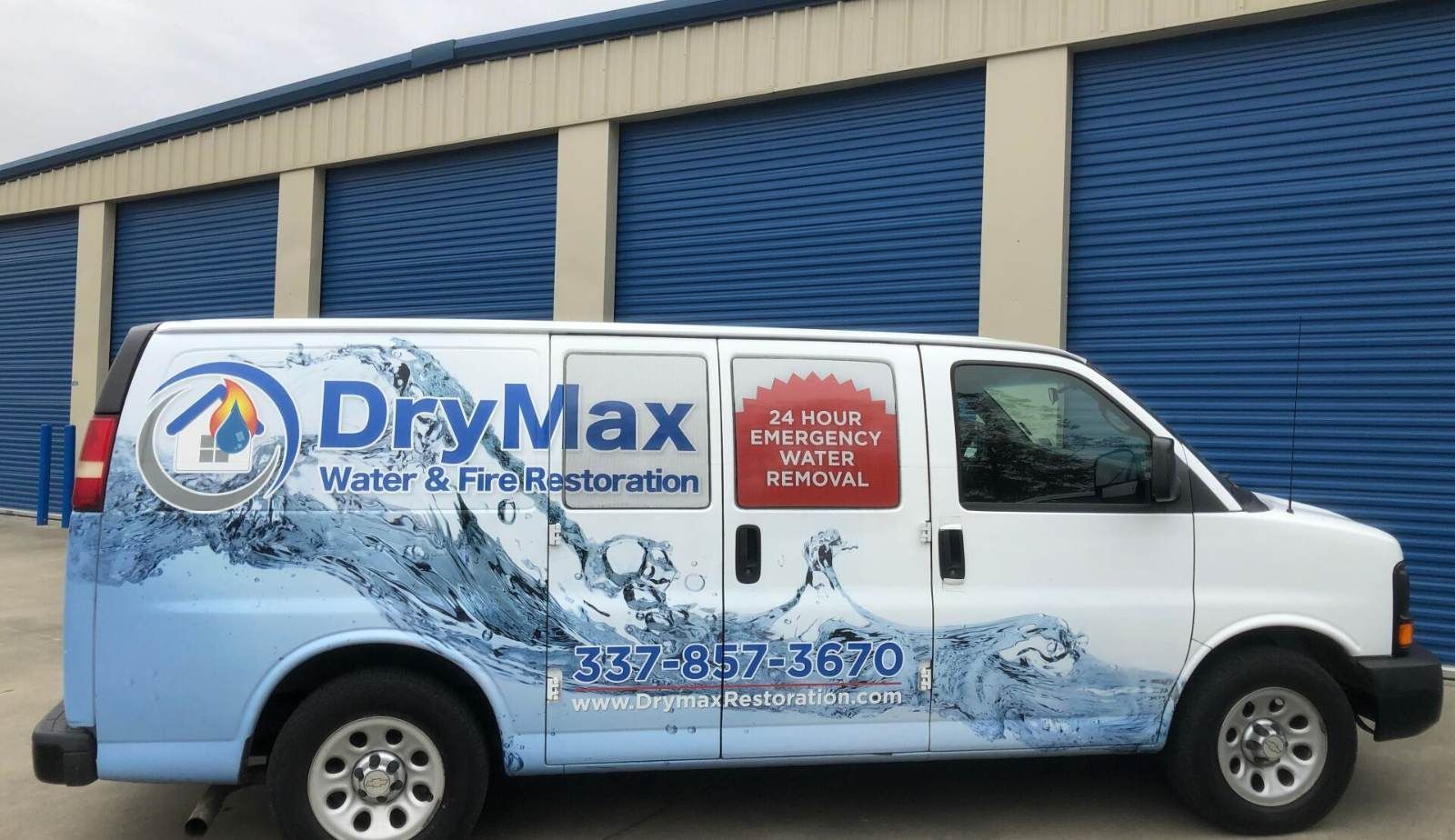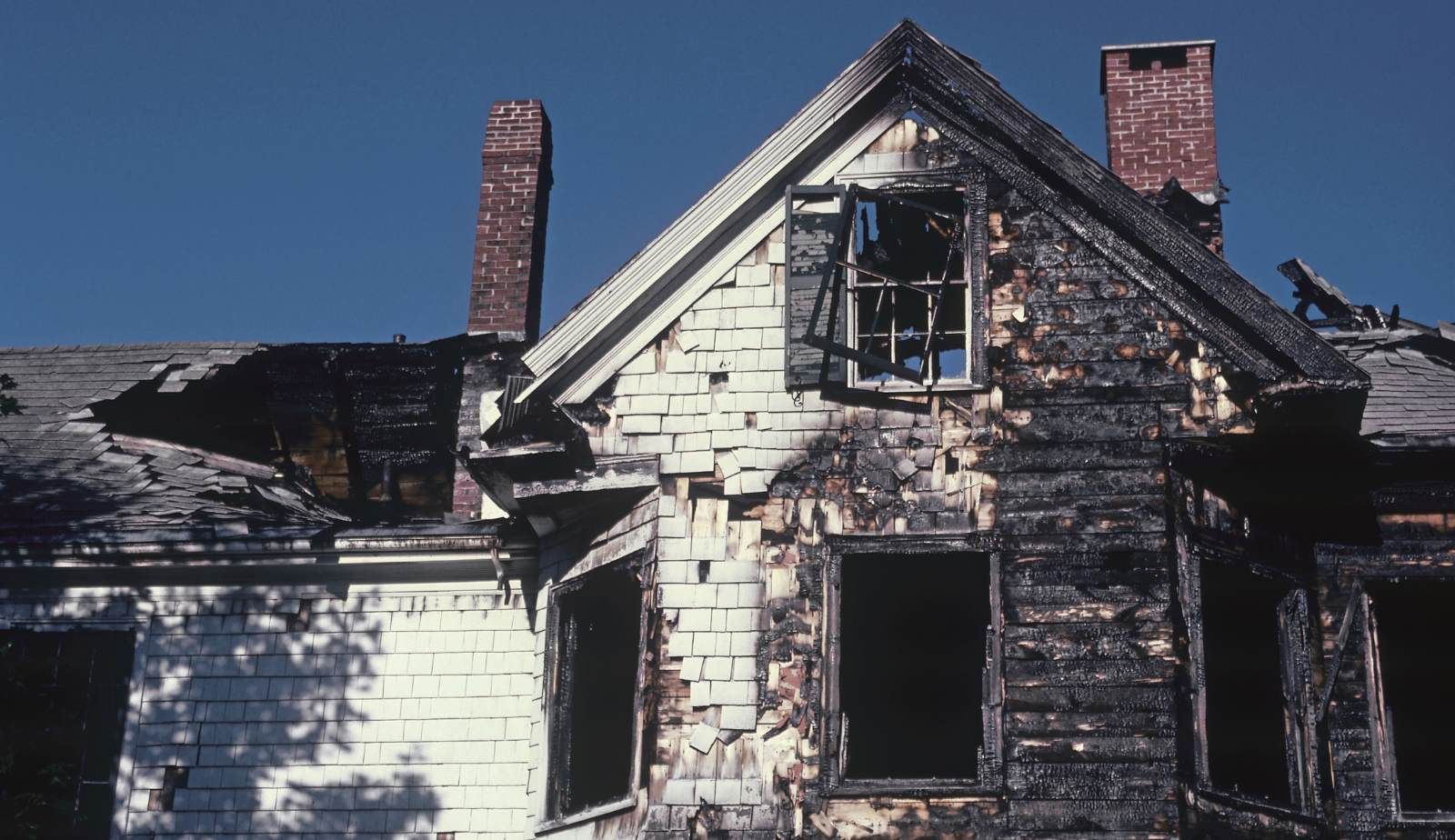Small Leaks that Turn into BIG Problems in Louisiana Buildings
Most people know that major water leaks can be incredibly damaging to our property and leave us with an expensive repair bill. You might think of the ones where everything in your house ends up drenched, or worse yet - needing a canoe! But did you also realize how much damage a slow leak or a minor leak can do to your property if allowed enough time?
It’s hard to image the amount of damage that can be caused by that slow drip from a leaky pipe. But that is part of the issue. We often under estimate slow leaks or smaller leaks and drag our feet on repairs. In other cases, the slow leak might be covered up by walls, cabinetry or furniture, and we don’t even know to fix it until it is too late.
Major Water Damage Caused by Slow or Minor Leaks
The damaging effects of a small leak is mostly dependent upon time and ease of access/visibility. Small leaks are often hard to find, and when they do get discovered the damage has already been done. Water from small leaks don’t come rushing into the home; instead, water moves sluggishly to slowly saturate the surround materials. If the leak isn’t somewhere that is normally visible, you probably won’t discover it until it has completely soaked through the nearby materials and become visibly apparent. Unfortunately, by then, you will likely have widespread water damage and possible mold development.
Looking for Signs of a Slow Leak in your Louisiana Property
No matter how unfortunate, dealing with water leaks is just an inevitable part of home-ownership in Louisiana. The key to protecting your property will be early detect and immediate action. The best way to combat small water leaks is by paying attention to the signs of hidden water damage.
When it comes to small water leaks, water intrusion will typically manifest visible signs — homeowners just need to know what to look for.
- Staining & discoloration
- Swelling of building materials
- Swollen door casing or door alignment
- Sweating Walls
- Peeling wall or ceiling finishes
- Baseboards/trim separating from the wall
- Floor effects
- Sagging walls and ceilings
- Visible mold growth
- Musty or damp odors
- General feeling of dampness
When assessing for potential small leaks, start with the obvious and easy-to access areas of your Ohio property. Homeowners should inspect all accessible connections at water heaters, pumps and washing machine hoses/valves for oxidation or discoloration in order to catch a leak before it becomes an issue. Those who suspect there could be problems anywhere within their plumbing system should call a professional immediately so repairs can get done as soon as possible. If you discover that a small water leak has caused widespread water damage, you might be in need of a professional water damage restoration services – consult a local company as needed.
Slow Water Leak Causes Serious Water Damage
Regardless if it is a major leak or a minor leak, water intrusion needs to be properly addressed in a timely manner to prevent major water damage and possible mold growth. If you notice suspicious signs that could indicate a small water leak, do not dismiss the signs. Unfortunately, in some cases, leak detection may be difficult. Slow water leaks can go undetected and unaddressed for extended periods of time. With time, water buildup can lead to serious water damage and potential problems like structural damage and mold contamination. In situations where a small water leak is hidden by building materials, it may be too late when you finally see the signs and find the leak. By the time water has saturated your building materials enough to be visible, there is likely significant hidden water damage waiting to be uncovered.
Water damage often requires the attention of a professional restoration company who will have the necessary tools and experience provide a safe and effective cleanup. Water damage can be a devastating event, and if left untreated for too long will result in more serious problems. DryMax Restoration is a locally owned water damage restoration company with years of experience helping residential and commercial property owners through some of the worst water damage events. If you discover water damage in your property caused by a slow leak, you should contact our local team to start the water extraction and structural drying process immediately.
You might also like
DryMax Restoration Blogs




